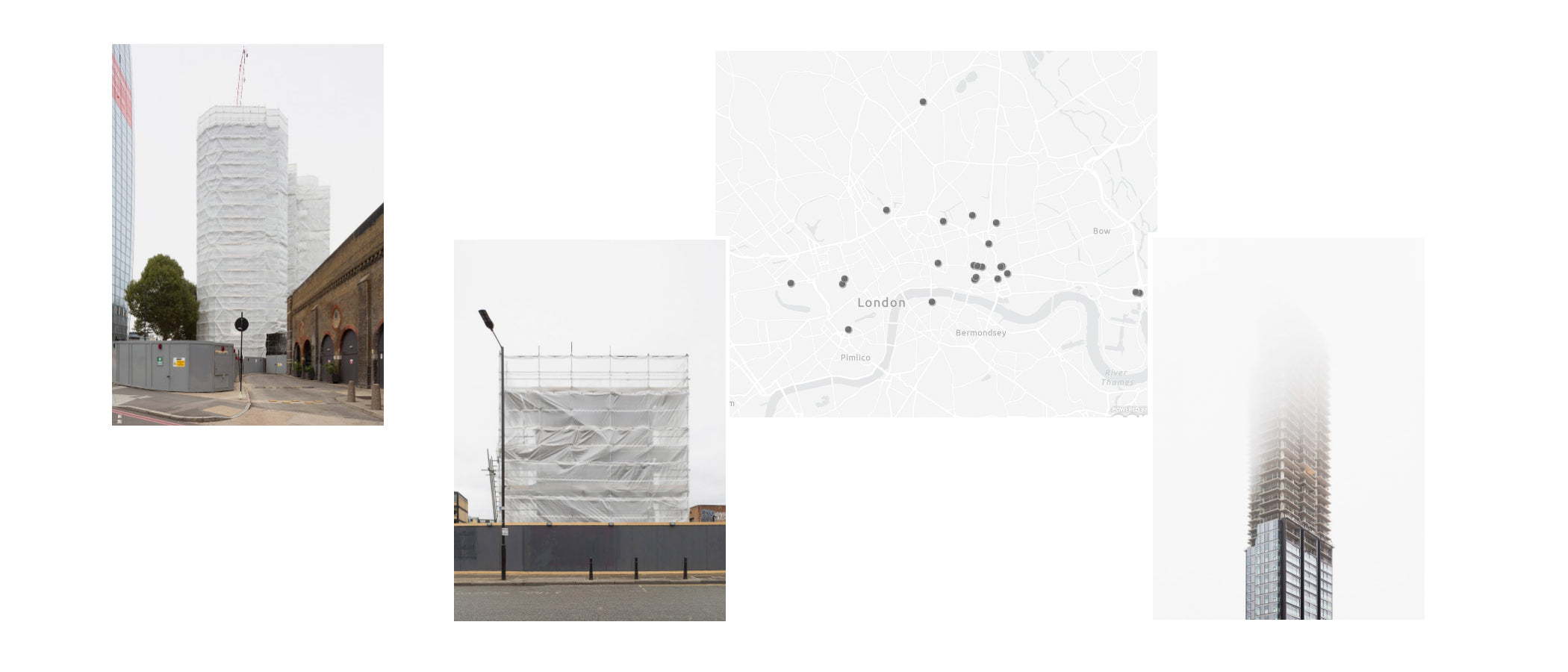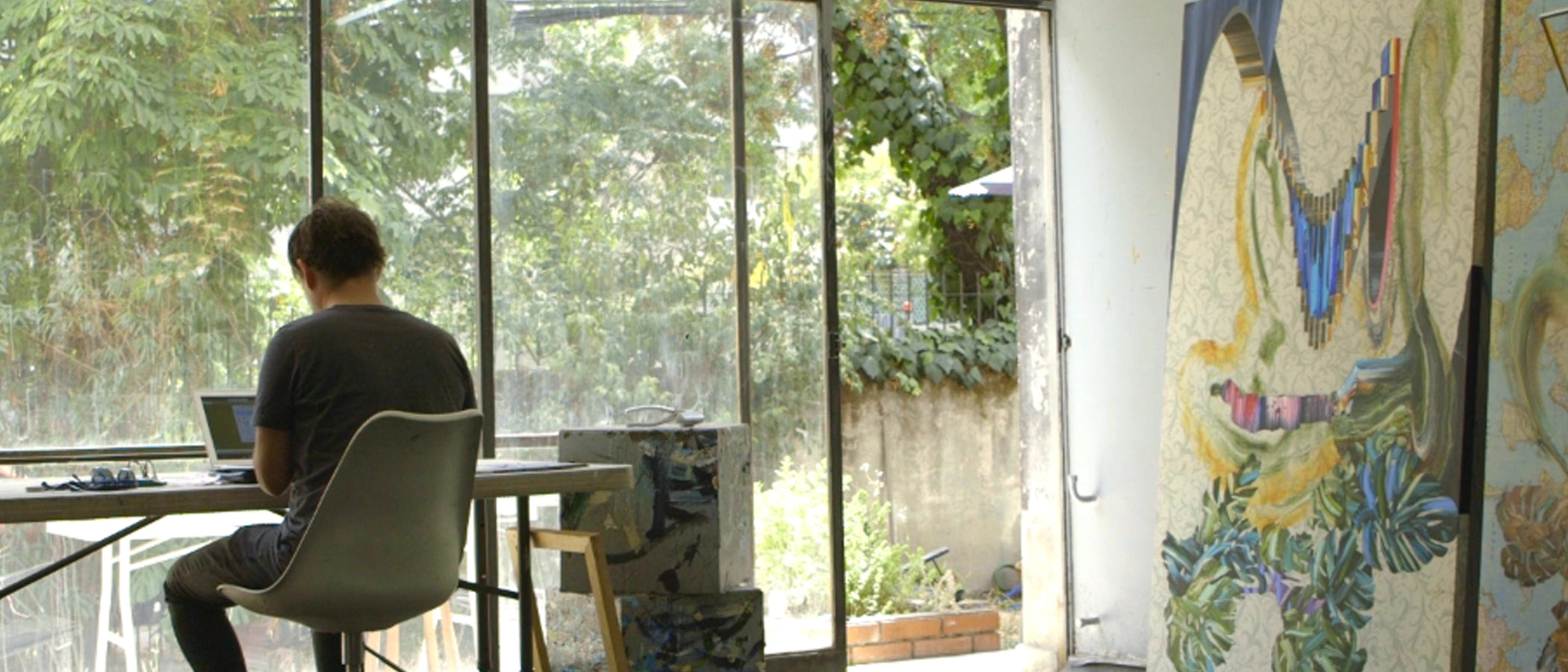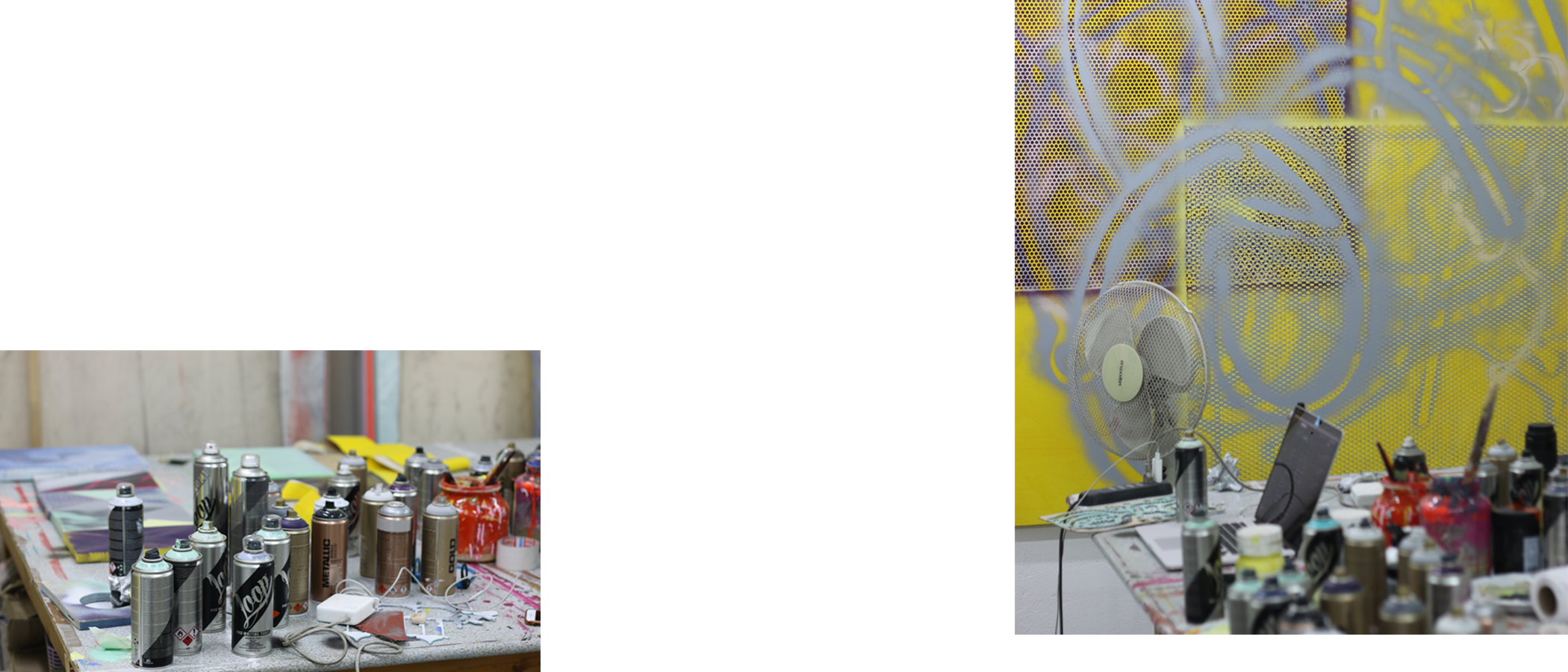
Francisco Ibanez
Architect and photographer, through photography he questions the perception of the temporal, emotional and formal aspects of the city, challenging the notion of permanence and reality by documenting processes of urban transformation, investigations that generally take months or years.
Tell us a little about yourself and the reason that motivated you to dedicate yourself to photography.
I entered the world of photography at the age of 14 when my family gave me my first analog camera for Christmas, a Pentax K1000. Since then I have not stopped taking photos, and photography went from being a hobby to a tool for work and professional exploration.
As an architect, cities and their buildings have always been the focus of my images. From very early on in college, I saw photography as a powerful tool for representation, as well as for research and exploration. Photography is not an exact copy of reality, but a representation of it. It allows you to observe and interpret the world more acutely and show it from a new perspective.
Today I work as a photographer, architect and project manager in Chile and England, always working in urban regeneration. Personally, I find it very stimulating - and challenging - to work in a multidisciplinary way.
Could you tell us a little about the observations that gave rise to your work, and how it has evolved?
After working for years as an architect and architectural photographer, I found it interesting to take a step back, to document and question buildings and neighborhoods before and during their transformation.
I can't help but look at the buildings and give them personalities. As they transform, the buildings appear fragile and exposed, displaying an honesty that contrasts with the rigidity and apparent maturity of the architecture.
By using photography as a means of documentation and research, I define a theoretical framework through images that supports my work, and I always try to leave room for improvisation and chance. I start by working from questions, and I develop the series always maintaining that curiosity. I have come to understand the city as a spectacle in constant conflict, flux and negotiation, and I look for elements that reflect this condition.
In the case of the Non-Structures series, the radical gestures behind the buildings reveal the history and essence behind their transformation, a narrative that describes the culture that shapes the city. Placed side by side, these portraits become a parallel city, a metaphor for the real city.

Could you describe your job in three words?
Repetition, documentation, abstraction
How has the city you currently live in (London) affected your career as a photographer?
London made me step out of my comfort zone. This city has allowed me to expand my photographic work towards personal artistic research and development in a much more consistent and conscious way.
I started the No-Structure series when I arrived in London, beginning my masters in urban regeneration at UCL. Coming from a large city like Santiago, I was not surprised by the scale or intensity of London, but by its speed of transformation, marked by the contrast of great economic benefits with processes of gentrification and segregation. My photography work was my way of getting to know the city in depth. I began to work with the theme of collective memory in a city where I had no personal memory, carrying out an exercise in modern archaeology in a city where I had no emotional attachment.
What message or observation do you seek to convey to those who follow your work?
Through my work I am interested in documenting, questioning and maintaining a critical view of the transformation processes of different cities, as well as the role that architecture plays in improving people's quality of life. Why do we build and for whom? Why do cities have to change and what triggers these processes of change? These are complex questions that guide my work in both photography and architecture, maintaining a constant debate and curiosity to understand the way in which different organisms and systems mutate in the city.
By portraying and investigating urban regeneration processes, I am interested in questioning their essence, interrogating their history and imagining their future. I am interested in investigating the conflicts, contradictions and successes of these transformations, generating visual content that transmits a series of ideas and generates new questions in the observer.
In the Non-Structures series, buildings undergo a process of change and are transformed into abstract sculptures, which are reduced to the most basic architectural elements (structure, façade, partition, etc.). They reveal their most intimate components, thereby revealing many secrets and stories. These unconscious sculptures are also stripped of any physical functionality, generating tension with their surroundings. Their symbolic character radically changes, to the point that it often goes unnoticed. These portraits challenge the boundaries of photography to establish a dialogue with other artistic expressions such as sculpture and installations.
I also find it interesting to question the emotional aspect hidden in the transformations of cities; that of maintaining a façade stripped of all its building in order to 'preserve' an image, or that of wrapping up a process that is unattractive and disorderly to turn it into a clean and ghostly cloak.
 Do you have any contemporary or historical artists who influence you?
Do you have any contemporary or historical artists who influence you?
Many artists have influenced my work at different stages. In photography, the most obvious reference is the Bechers and their industrial building typologies. They originated the Dusseldorf school, of which I am a great fan, including Thomas Ruff and Struth, Andreas Gursky and Candida Höfer. Bas Princen and Nadav Kander also have work that I am very attracted to, always related to architecture and the city.
I was influenced from university by the work and aesthetics of Gordon Matta Clark and the idea of deconstructing buildings; by Christo and Jean Claude, mainly with their wrapped buildings and landscapes; and by Rachael Whiteread and her materialization of emptiness.
How do you see your role as a photographer evolving in the future?
Through photography, and in collaboration with the other disciplines in which I work, I would like to be able to further influence the debate on urban development, and its relationship with architecture and art.
Just a year ago I exhibited the No-Estructuras series for the first time in Chile. Since then, my work has been published in media in England, Spain, the United States, Mexico, New Zealand, Argentina and Chile. I have participated in group and solo exhibitions, and there are more to come this year. I am currently beginning to plan the publication of a book for No-Estructuras, and working on new series, always related to processes of urban transformation and regeneration.
The natural evolution of my work is to photograph different cities, identifying and portraying the specific problems and contradictions that define them. I have already started working with Santiago, and I want to start working soon with other financial capitals such as Tokyo and Shanghai.
Recommended notes on the work of Francisco Ibañez


